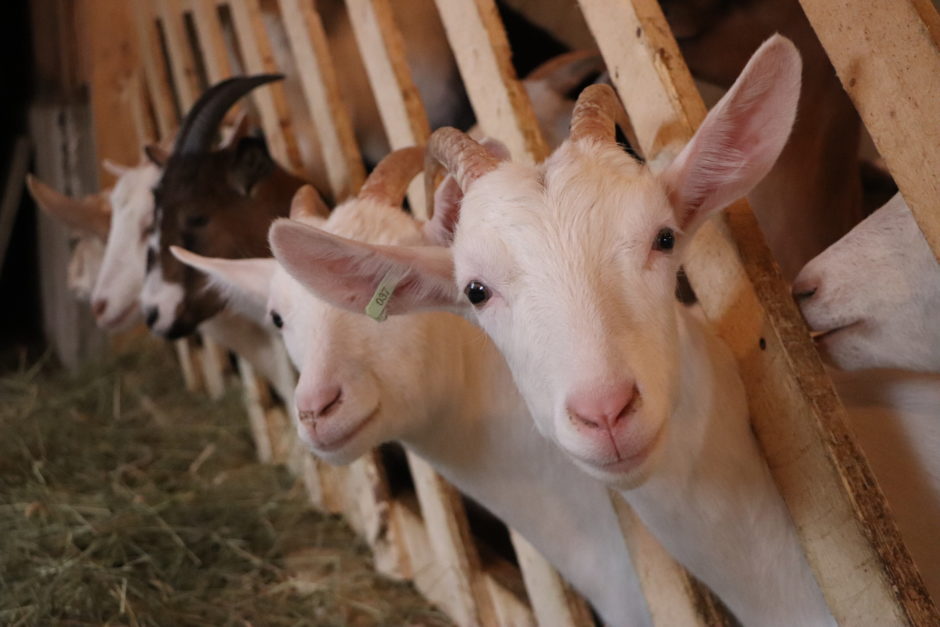The craft beer industry in Quebec has exploded over the past decade, making a significant dent in the traditional market.
Beyond the festivals, competitions and store sales, microbreweries are fuelling rural economies, where a quarter of the 207 registered businesses have set up shop.
From Saint-Casimir to Carleton-sur-Mer to La Tuque, young entrepreneurs — passionate about the ancient art of brewing ale — are reflecting local flavours and know-how in their product, and doing their part to keep their communities vibrant.
Notre-Dame-Auxiliatrice-de-Buckland, Pop: 768
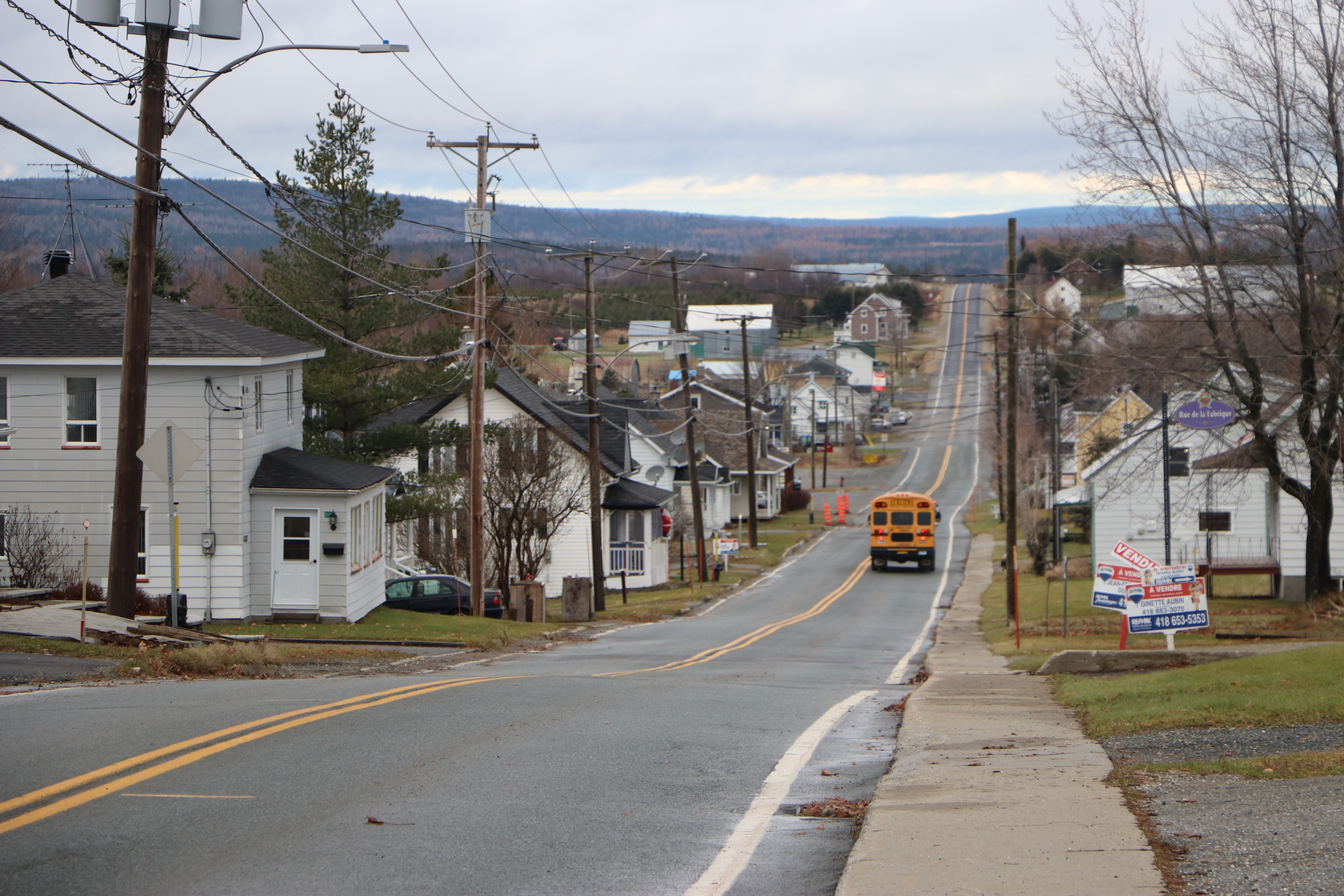
Annabelle Goupil, who’s been managing the Pub de la Contrée et Microbrasserie de Bellechasse for the past five years, says the success of small-town brewhouses like hers goes against conventional wisdom.
“If you want to make money, you don’t open a microbrewery in a town of 800 people,” said Goupil.
The walls of Goupil’s pub are adorned with tin sheets recycled from neighbouring old barns, weathered by years of exposure to rain and sleet.
The walls of the bathroom are covered, floor to ceiling, with old newspaper clippings, and the paper dispenser is crafted from an antique saw — nods to the rich agricultural history of the Bellechasse region south of Quebec City.
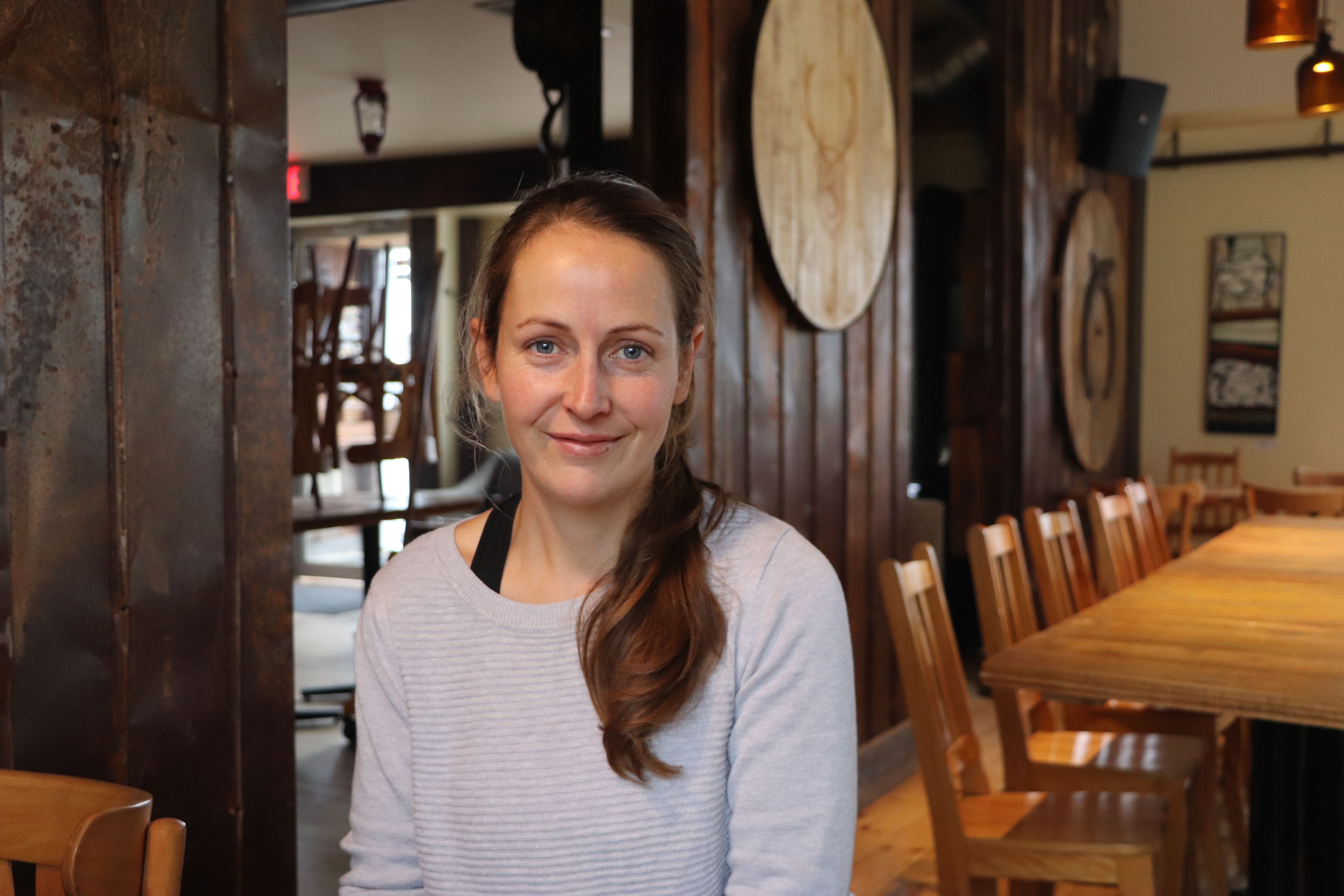
It’s hard to imagine this warm and cozy space used to house a Caisse Desjardins.
Desjardins’s decision to close the branch here and in many other rural Quebec towns has left people in villages like Notre-Dame-Auxiliatrice-de-Buckland with one less service to rely on.
The irony of opening a co-operative microbrewery and pub in the former caisse populaire is not lost on Goupil.
"Desjardins was started for the needs of the people — not to make money, but to have a service,” she said.
In the case of the Pub de la Contrée, the co-op has not only created a space where friends can gather, but also a place where Bellechasse producers and farmers can showcase their wares.
From bread to cheese to organic meat, the dishes that accompany the microbrewery’s beers are all locally sourced.

“It’s at the core of the business,” said Goupil.
The pub’s executive chef, Vickie Langlois, built her reputation cooking up local produce in her food truck, La Roulotte Gourmande-J'aime Bellechasse.
Over the years, she’s built up a faithful clientele, keen on buying local, healthy products.
“You realize very quickly that this has a major impact on the milieu,” Langlois said.
Her philosophy was a perfect fit for the co-op: the menu even has a map identifying where the products come from and how people can find them.
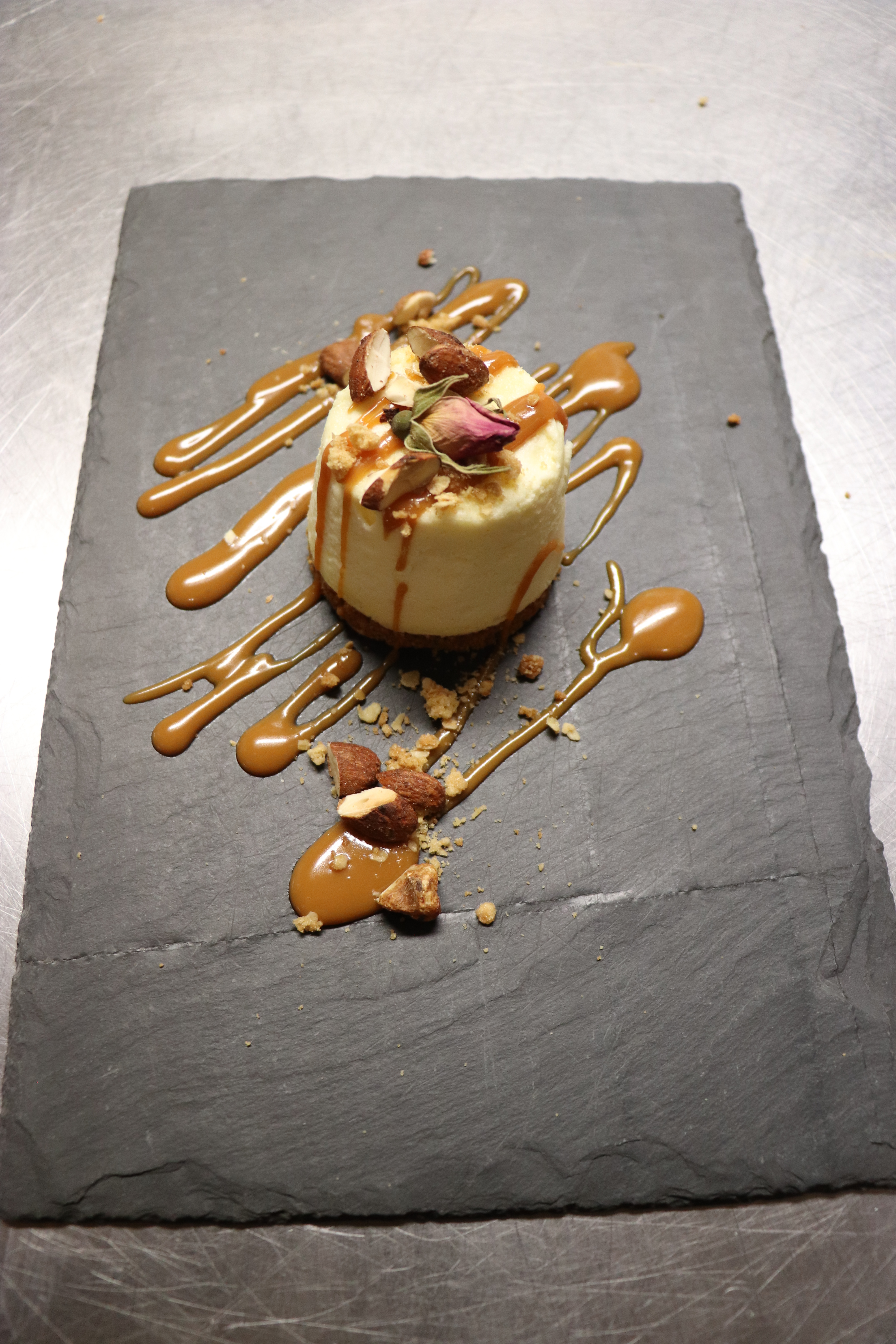
“I’m convinced that is the key for our regions — this social mesh — that’s exactly what’s happening with the producers and with the microbrewery,’’ said Langlois.
Langlois said there has been a ripple effect — something Aagje Denys can attest to.
She sees more and more people showing up to visit her organic goat farm, Cassis et Mélisse, a 10-minute drive from the Pub de la Contrée.
A sign of the times: on a rainy November morning, two customers have come all the way from Quebec City to buy some fresh cheese.
Denys recommends they keep driving to visit the brewery, to taste the local beer, as well as Langlois’s cooking.
“It’s important. It makes it fun for the people and the visitors. We’re like a little tourism bureau,” she joked.
Originally from Belgium, Denys has been running the goat farm with her partner since 2004, after falling in love with the region and the Appalachian mountain range.
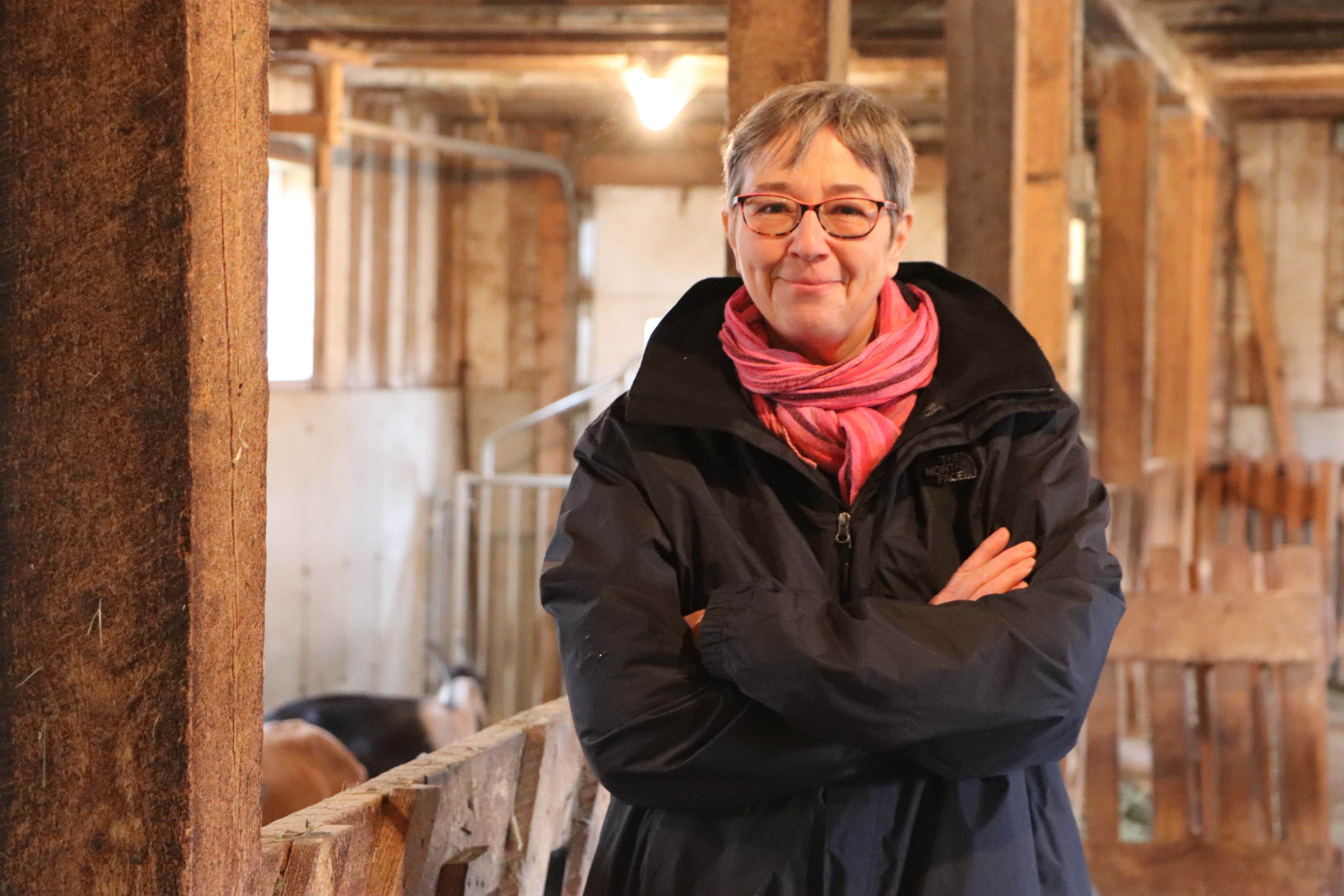
The collaboration between producers and farmers in Bellechasse — paired with a heightened interest from consumers to buy locally — has made that work a bit easier, she said.
“I think we’re in a very nice wave now. For us in our area, it’s very important to work together.’’
Back at the brewery, head brewer Gabriel Paquet is making his Belgium- and German-inspired lagers using only hops and malt harvested within a 100-kilometre radius.
Once bottled, the beers carry the names of the villages of Bellechasse, from Saint-Magloire to Saint-Michel to Saint-Nazaire — the brewery's way of making their home region shine on store shelves across the province.
Saint-André-de-Kamouraska, Pop: 658
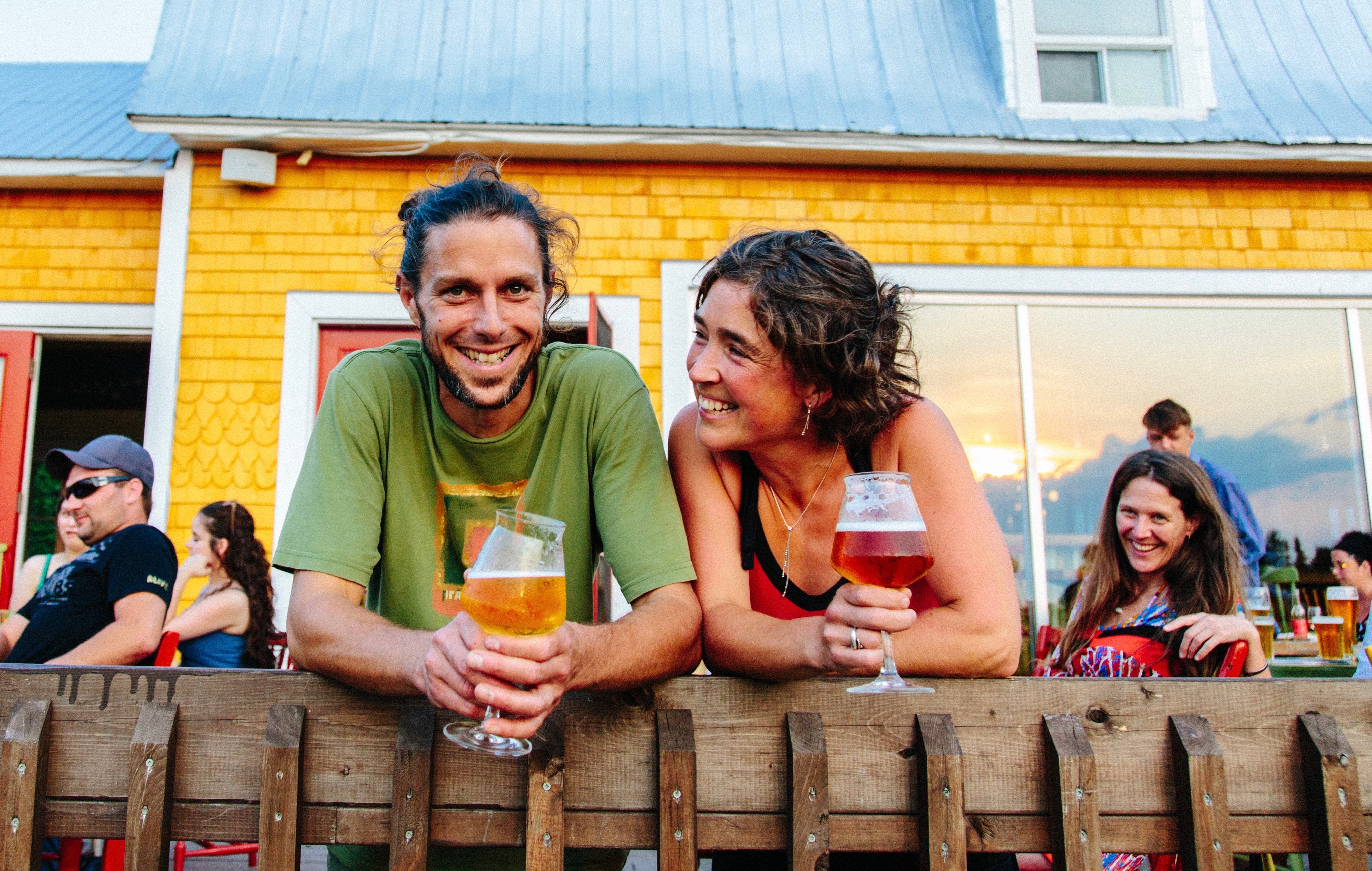
Every three minutes, a buzzer rings out in the brewing room at Tête d’Allumette, reminding head brewer and co-owner Martin Desautels it’s time to add more logs to his boiler.
With the St. Lawrence River and its many islands as a backdrop, Tête d’Allumette is the only brewery in Quebec that boils its water over a wood stove.
“People who know me know I don’t like to take the easy way,” said Desautels.
He moved to the Kamouraska region, 160 kilometres east of Quebec City, 15 years ago with his partner Élodie Fortin, “because it’s so beautiful and so peaceful.”
The pair did a few odd jobs before setting their sights on an ancestral home “in the middle of nowhere,” where they opened up Tête D’Allumette.
“There was this emptiness that we found interesting and made us think, ‘We can build projects here, and we’ll be able to make it happen.’”
In the summer, the parking lot fills up with tourists from far and wide who stop by to taste the beer and take in the stunning view.

But Desautels is even more pleased to see locals come back every weekend, even in the dead of winter, in a region where most shops and restaurants close down.
“We wanted this to be a place of gathering, a place where people could have a good time.”
For Samuel Lapointe, who grew up on his father’s dairy farm in Saint-André, having a pub like Tête d’Allumette just five minutes away was a welcome alternative to the local taverns.
“It’s not the same atmosphere, and I haven’t drunk a commercial beer in years,” said Lapointe.
He goes every weekend to taste Desautels’s latest creations and have lunch with friends.
He goes even more often to pick up food for his cattle.

Every time Desautels has finished the boiling process, Lapointe shows up in his pick-up truck to carry away the spent grain, which he feeds to his calves.
“For the nutritional value, it’s perfect. I’d be feeding them barley anyway, so this is almost better because it’s like oatmeal,” Lapointe explained.
It’s a win-win-win: the calves gobble it up; Lapointe saves, on average, 250 kilograms of barley per week, and Tête d'Allumette gets rid of the spent grain city brewers sometimes have to pay others to truck away.
Setting up in the country rather than the city came with more freedom, Desautels said, but also more risks, with the off-season stretching out through most of the year.
But finding a yellow-painted ancestral home just steps away from a popular campground for hikers and mountain climbers was a game changer.

“There are 30,000 people who show up in our backyard every summer,’ Desautels said.
They’ve even cleared a path through the woods so campers can safely walk back to the campground, the Société d'écologie de la batture du Kamouraska (SEBKA), after an evening at the pub.
Having a potentially noisy bar as a next-door neighbour was never a concern for SEBKA’s executive director, Pierre Lemire.
He high-fived his co-workers when they found out Tête d’Allumette was opening, and they have been “surfing on their wave” ever since.

“It brings us an incredible added value,” said Lemire, who has seen a steady increase in clientele over the years.
Lemire also fell in love with Kamouraska when he drove by in 1976.
“I hit the brakes and never left.”
He’s been running the not-for-profit campground, which started as an ecological reserve, since 1980.
Not only has the microbrewery convinced more tourists to spend the night, it’s actually brought Lemire some peace of mind.
Instead of downing 12-packs in front of the campfire, people head next door and calmly walk back at the end of the evening.
“I don’t get phone calls anymore that there’s a drunken guy walking along the side of Highway 132,” Lemire said, laughing.
Campers preference for walking over to the brewhouse is a sign of the times, he suggested: people are looking for quality over quantity.
Local herbs and aromas
When temperatures drop and fewer people are willing to pitch a tent, Claudie Gagné, who lives just two kilometres west of SEBKA, picks wildflowers and fruit from the campground’s bushes.
For the past 20 years, she has been harvesting the sea lettuce and herbs that grow on les Battures — the seashore just footsteps away from her business, Les Jardins de la Mer.

In the summer, Gagné sells the fresh plants in her store right next to her home and supplies local restaurants and grocery stores.
She dries the rest and transforms it into products she sells throughout the winter.
“I’m always thinking, ‘What can nature offer me nearby? What can I do with it, and how can I make work out of it?’” she said.
A nearby sausage maker, Fous du Cochon, includes Gagné’s sea parsley in its award-winning Grelots des Battures, featured on the menu of Tête d’Allumette.
Gagné also supplied a batch of salicornia to Desautels, who wanted to brew a special session ale.

Gagné found an adequate supply of the precious succulent — something she would not have done for just any brewery.
“It becomes something that is precious, exclusive and that you really appreciate.”
For Desautels, using local ingredients like Gagné’s salicornia, or local flowers, fruit and even peat moss from the St. Lawrence seabed, fuels his inspiration to create new beers which carry a subtle aroma of the regional flavours.
“There is a kind of synergy that’s been put in motion.”
His greatest reward as a business owner is having locals proudly bring visitors to the brewery and give him “a slap on the shoulder.”
Like Goupil, Desautels said small breweries like Tête d’Allumette are spreading like wildfire across the province, “putting small villages back on the map,” and creating spaces where communities can connect.
“They're like the front steps of churches where people used to gather on Sunday mornings: that is what is coming alive in microbreweries.''
